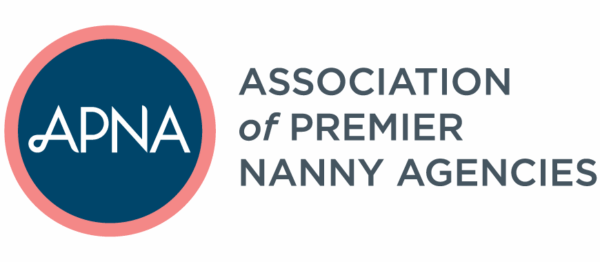Hiring a summer or temporary nanny can be a game-changer for families. But when the topic of taxes comes up, many parents hesitate, fearing that the costs of doing things legally will outweigh the benefits.
The truth? For most families, tax breaks can offset or even exceed the cost of employer taxes, turning a potential hurdle into a win for both families and nannies.
The Hidden Savings of Legal Pay
When a family hires a nanny and crosses wage thresholds, they are responsible for certain employer taxes, including Social Security, Medicare, and Unemployment Insurance. While these costs are unavoidable, they often come with a silver lining: tax breaks that can significantly reduce a family’s overall expenses.
Dependent Care FSA (Flexible Spending Account)
Families with participating employers can set aside up to $5,000 of their income before taxes to pay for childcare expenses, including nanny wages. Because the money is not taxed, it reduces their overall taxable income—often resulting in savings of up to $2,300 per year, depending on their marginal tax bracket.
It’s also worth noting that hiring a nanny qualifies as a change in childcare circumstances. That means families may be eligible to enroll in an FSA outside of the standard open enrollment period, even if they hadn’t planned for it earlier in the year.
Child and Dependent Care Tax Credit
This credit allows families to claim childcare expenses on their personal income tax return, using IRS Form 2441. Families can claim up to $3,000 in expenses for one child and $6,000 in expenses for two or more children. The credit typically covers 20% of those expenses, resulting in a $600 credit for families with one child and $1,200 for families for two or more children.
Real-World Example: Summer or Temporary Nanny
Let’s say a family wants to hire a nanny for the summer. They are looking to have care for 12 weeks and have budgeted to offer $800 per week:
Wages and Duration:
- Nanny’s Weekly Wage: $800
- Duration: 12 weeks
- Total Wages: $9,600
We know families are on the hook for employer payroll taxes, in addition to the nanny’s wages:
Estimated Employer Taxes
- Social Security (6.2%): $595.20
- Medicare (1.45%): $139.20
- Unemployment Insurance: $285 (varies slightly by state)
- Total Employer Taxes: $1,019.40
This brings the grand total to approximately $10,619.40, before applying any tax savings. Let’s look at those can help.
Scenario 1: Combining Savings
Let’s say the family has two or more children and qualify for both the FSA and the tax credit. They can combine tax breaks to maximize their savings:
- FSA Savings: $2,200
- Childcare Tax Credit Savings (partial, due to FSA use): $200
- Total Savings: $2,400
Adjusted Total Cost: $8,219.40
In this scenario, the family is now saving $1,380.60 by paying on the books.
Scenario 2: Families Without FSA Access
Even if an FSA isn’t available, there are still meaningful savings available through the Child Care Tax Credit. We’ll use the standard 20% tax break that most families receive for this scenario:
- Child Care Tax Credit (20% of $6,000): $1,200
Adjusted Total Cost: $9,419.40
With this benefit alone, the family will offset their employer taxes and save $180.60 on their nanny’s salary.
Legal Pay Matters – and Saves!
Hiring a summer or temporary nanny doesn’t have to break the bank. Families can enjoy the benefits of quality childcare while keeping costs manageable. The initial investment in employer taxes can often be offset, or even exceeded, by available tax breaks.
And it’s not just advantageous for seasonal hires – families with year-round nannies can also take advantage of these same tax credits. Whether the care is temporary or ongoing, legal employment opens the door to savings and adds value to the relationship between families and nannies.
In-home care can feel out of reach for many families. But when they understand the savings available to them, they can move forward confidently, knowing they’re making a smart financial decision and staying compliant. The peace of mind that comes with doing things the right way? That’s a benefit that’s hard to put a price on.
With over a decade in the household staffing industry, Alyssa brings hands-on knowledge from every angle of the nanny world. After five years of managing placements at a leading nanny agency, she joined HomePay’s Client Service team to help families navigate the complexities of household employment. Now part of HomePay’s Partnership team, she supports agency partners and their clients with warm guidance and industry insight. When she’s not passionately advocating for legal pay, she’s spending time with her two dogs—Mavis, a spunky tripod, and Audrey, a hound with a nose for backyard critters.

